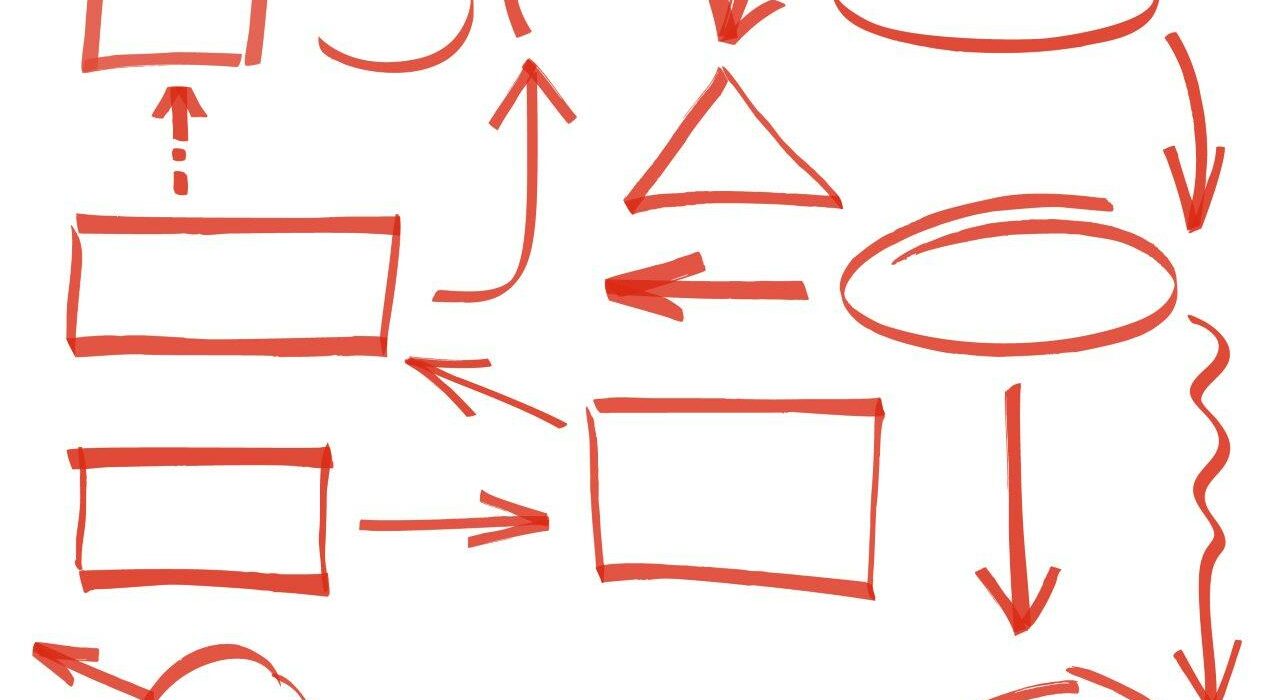How much information are you asked to digest every day? Many of us are constantly bombarded with information. The internet, e-mails, TV, books, advertising, newspapers, magazines, tablets, smart phones etc.
Add to this an expectation that we are to be across everything, the expectation that we are able to ‘think’ about all the information that is thrown our way and it is easy to see how sometimes we can become overwhelmed.
Edward de Bono, perhaps the grandfather of lateral thinking and author on many books on thinking and creativity also notes that attention is a key part of thinking and yet we pay very little attention to attention it.
“The big enemy of good thinking is confusion … there is a need to gain clarity and comprehensiveness at the same time.” – Edward de Bono
In order to reduce the stress and frustration that can be associated with trying to digest the masses of information we are presented with on a daily bases; And in order to increase our ability to comprehend and achieve clarity with that information, de Bono suggests using six frames when presented with a piece of information that is important to you. These frames are:
Purpose
There is no shortage of information only a shortage of purpose and attention. The triangle has a point and therefore de Bono uses it to represent purpose. So when we are presented with information one question we can ask ourselves is “What is the purpose of looking at this information?”
De Bono suggests a number of different purposes for looking at information:
- Time filler and distraction
- Increasing awareness
- Interest – General and Specific
Accuracy
The circle represents a target like a bulls eye. Accuracy depends how far on or off target you are. When looking at information we can ask ourselves “What is the accuracy of this information?”
De Bono suggests several types of accuracy:
- Authority
- Comparative accuracy
- Internal check
- Adequate accuracy
Point of View
In a square all sides arte equal. So by looking at information through the square frame we are looking for a balanced point of view. The question we can ask ourselves here is “Is the information biased or balanced?”
De Bono points out that adjectives are almost never objective and therefore any adjectives being used to explain something will probably indicate a bias. The next question to ask yourself is “Can we look at this information from other perspectives?
Interest
The heart represents passion and passion directs our interests. Information is of interest when it is contrary to what we know/believe or when it adds to what we know or believe. The question we can ask ourselves when viewing information is “Why did this attract my attention? How is this useful? What can I add from paying attention to this?”
Value
The diamond is a valuable item so when viewing information through the diamond frame we can ask ourselves “What is the value of this information?”
There are a number of different types of value that de Bono identifies. Information is considered to have values when it:
- Satisfies a need
- Answers a question
- Piques our interest
- Confirms our knowledge/belief
- Disagrees with our knowledge/belief
- Identifies opportunity
Outcome
The slab shape represents a foundation stone upon which we can build. So when we look at information through the slab frame we ask ourselves “What are your and others conclusions, applications and outcomes?”
This is an opportunity to discuss the information with others and their thoughts after viewing the information through each of the above-mentioned frames.
In Summary
The Information frames differ from de Bono’s 6 Thinking Hats in that the frames are for taking in information and the hats are for creative thinking and using information.
You can use the Information Frames to:
- Increase you depth of understanding
- Present information to others
- Write a report
- Examine feedback
- Design a meeting that you need to run
